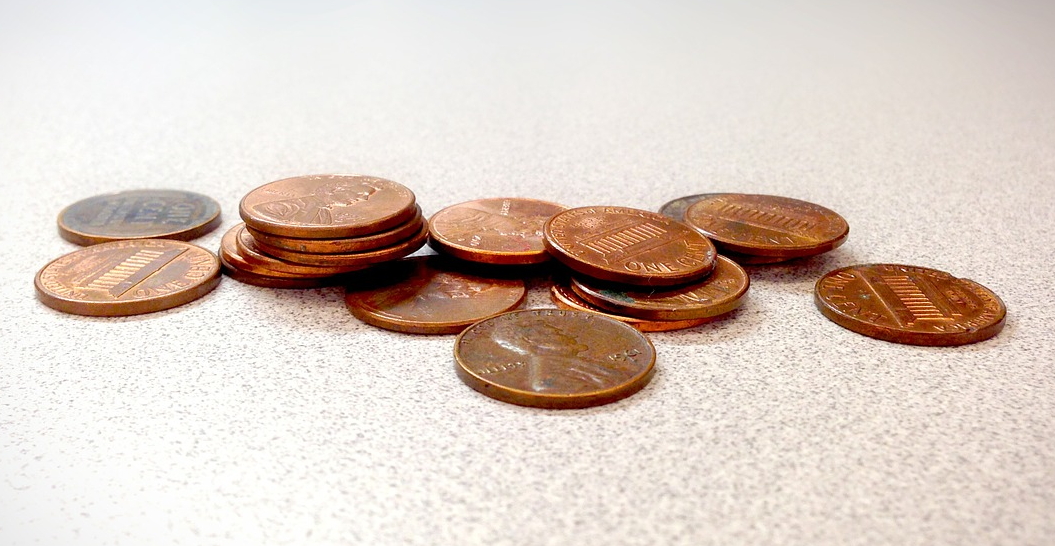Recently, I had a series of conversations with a potential client. They were developing a new product, and were getting ready to make prototypes. They were evaluating materials and manufacturing processes – not just for prototypes, but also for production. One of the conversations involved the concept of quality. The kicker – the new client was an inventor (actually, a couple of inventors, working together).
As a general rule, I don’t work with inventors. While some have good ideas, most have no clue about what they are getting involved in. These guys were different. Not only did they understand the product development process, they also had a well thought out business plan. They had defined the end-use requirements, and were very clear about the market their product was going to compete in, the needs and expectations of potential users, and the pricing structure of competitive products. They claimed their concept had some competitive advantages, and they were also interested in pursuing the use of sustainable materials, utilizing existing recycling streams with minimal waste and scrap. On top of all that, they had funding. So, I made an exception to my rule, and we started talking.
In our initial conversation, we talked about performance requirements, including stiffness, weight, chemical and environmental resistance, and the overall user experience. We also talked about production volumes, and the trade-offs between various production processes: piece part costs versus tooling investments, near net shape manufacturing versus secondary operations, etc. We also talked about material selection (as a plastics guy, these are the conversations I enjoy the most).
During this conversation, one of the partners made an off-handed comment, something to the effect of:
“This seems like our best option so far, as it gives us a reasonably cheap part while also maintaining quality.”

It was a simple comment, one that flowed naturally in the conversation. Later, I realized that it hit my hot button. Actually, it hit several of my hot buttons, all at once.
EVALUATING OPTIONS
The first hot button had to do with evaluating options.
No doubt, developing a new product is not an easy task. The path to production involves ideas, concepts, prototypes, dead-ends, trial and failure, and also (hopefully) trial and success. And that is just the product. There are also business decisions to be made, not just about the product, but strategy and branding, distribution, market penetration, and more. Add to that the issues about the effective use of materials, including supply chain logistics, re-processing and recycling, waste management, and other environmental concerns.
I have been in the design and development business for a long time, and I know how hard it is to bring a new product to market. But when someone makes a decision about material selection in a preliminary meeting, I sometimes get a bit . . . frustrated. “This seems like our best option . . .”
The material being discussed might have been appropriate, but what bothered me was their decision making process. They were making decisions, without sharing the criteria on which those decisions are made. Worse yet, they weren’t even aware of the criteria that they were using – and they had no real data on which to base any of their decisions. How in the world can you determine that any material offers the best option?
MAINTAINING QUALITY
The second hot button had to do with quality.
As a small business owner, I understand what they meant. Basically they were saying “We want a good part at a fair price.” They have every right to expect that. As the classic TV commercial might say: I am not going to pay a lot for this muffler!
However, as an engineer and product guy, I take exception to how they described their quality requirements.
The term “quality” has several meanings, and they are often mis-understood and mis-used. In common language, the term quality is used inter-changeably with other terms such as luxury and elegance. And while these terms are often hard to evaluate, they usually imply a sense of superiority.

James, please bring the Bentley up front. Thank you.
In the business world, the term quality has a practical definition, involving the concept of “fitness for purpose.”
Does this material / product / service / practice meet the requirements?
While the requirements may vary, the answer to the question is absolute. Either the requirements are met, or they are not. While some may argue that this hot button is all about semantics, I would argue that clear and well understood language is a foundation for effective design. To paraphrase Forest Gump, Quality Is as Quality Does.
MAKING CHEAP PARTS
The third hot button had to do with cost. Above all else, what really pissed me off was the comment about making cheap parts. I don’t know about you, but I don’t do cheap.
I work on world class products. They are made from state of the art materials, using state of the art manufacturing technologies. The design and the materials meet international standards for safety, performance, reliability, and yes quality. They are reviewed and certified by leading experts from around the world, in conjunction with organizations such as ISO, UL, CSA, FDA, ASME, ASTM, SAE, and more. And while yes, they are cost effective, they are not cheap.
Bottom line, I deliver bonafide, certified, even sanctified design solutions to world class problems. So don’t ever talk to me about making cheap parts.
LESSON LEARNED
There is an old adage, We teach best what we most need to learn. For me, this exercise was not about working – or not working – with inventors. It was about staying true to technology, and the things that I believe in. In a nutshell:
Make a good GREAT product
First and foremost, focus your efforts on making a truly great product. One that provides value to the end user – and also delights them.
Materials and Processes
Materials and manufacturing processes often go hand-in-hand. Sometimes the material is the most important, and the process is secondary. Other times, it goes the other way. As you explore things, keep your eyes and ears – and your options – open.
Waste Not, Want Not
In any manufacturing process (as in life), there is always “waste” material. Whether you call it scrap, left over material, prototype runs, whatever – there is always something left over. Yes, the infrastructure to re-process the left overs in the plastics industry is sometimes lacking, but it is getting better. And while changes to the infrastructure are going to be driven by the major players, every little thing matters.
I am reminded of a phrase from a teacher long ago. It’s never too old to learn.
Here endeth the lesson[1].

[1] Jim Malone, as played by Sean Connery in the 1987 movie The Untouchables.







Want to hear more from plastics guy?
Sign up for a monthly update of our latest posts.
You have Successfully Subscribed!